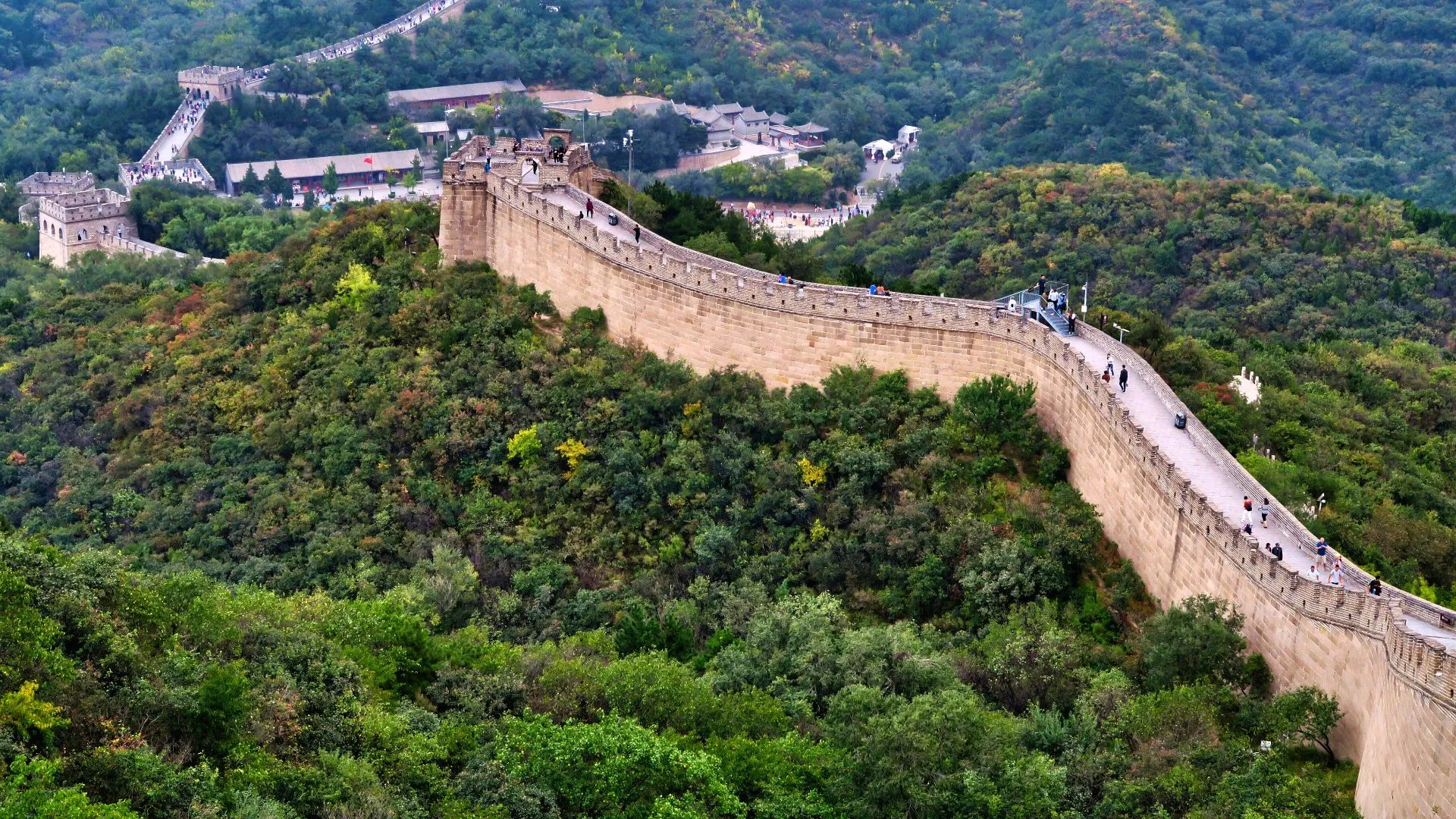Most Famous Structure In The World
- Watchtowers: The Great Wall is dotted with thousands of watchtowers that served as lookout points and defensive positions. These watchtowers were strategically placed along the wall to provide clear views of the surrounding areas and to allow communication between different sections of the wall. - Battlements: The wall features battlements or crenellations, which are raised sections that provided cover for soldiers to defend against attacks. These battlements also allowed archers to shoot at enemies from a protected position. - Beacon Towers: Beacon towers were used as a means of communication along the wall. Smoke signals or fire beacons were lit on these towers to warn of approaching enemies or to relay important messages.
The Great Wall Of China
1. Historical Background: It was built to protect China from invasions by various nomadic groups, particularly the Mongols. The wall stretches across northern China, covering a distance of approximately 13,171 miles. 2. Construction: The construction of the Great Wall involved the use of various materials, including stone, brick, tamped earth, wood, and other materials available in the region. The wall was built in sections, with each section being constructed by different dynasties and rulers over time. The construction techniques varied depending on the location and resources available. 3. Structure and Layout: The Great Wall of China is not a continuous wall but rather a series of walls, fortifications, and watchtowers connected together. It consists of both natural and man-made barriers, including mountains, rivers, and trenches. The wall varies in width and height, with some sections being as tall as 26 feet and wide enough for horses to pass through. 4. Main Features: 5. Significance and Legacy: The Great Wall of China holds immense historical, cultural, and symbolic significance. It served as a symbol of China's strength and unity, as well as a physical barrier against invaders. The wall played a crucial role in protecting China from numerous invasions throughout its history. It is also a UNESCO World Heritage Site and a popular tourist attraction, attracting millions of visitors every year. 6. Preservation and Restoration: Over time, the Great Wall has suffered from natural erosion, human activities, and neglect. However, efforts have been made to preserve and restore the wall. Many sections of the wall have undergone restoration work to ensure their structural integrity and to protect them for future generations.
World's Salt Water Lake
The Dead Sea
1. Saltiest Body of Water: The Dead Sea is renowned for its high salt concentration, making it one of the saltiest bodies of water on Earth. Its salinity is about 10 times higher than that of the ocean, with a salt content of around 33.7%. This high salt concentration makes it difficult for plants and animals to thrive in it, hence the name "Dead" Sea. 2. Lowest Elevation on Earth: The surf...


